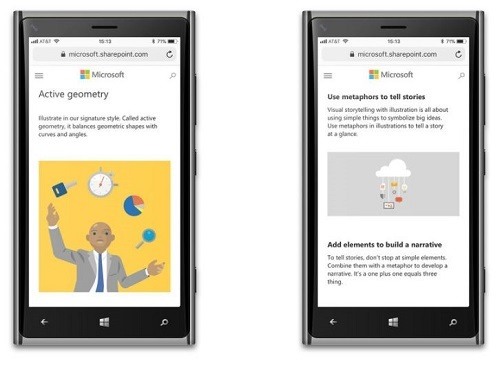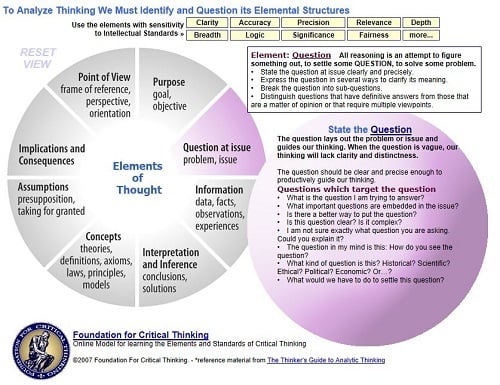Do you ever find that you understand a topic, yet you can’t explain it to anyone?
What if I told you there was a simple method you could use as a way to better understand and clearly communicate a concept or idea?
There actually is a very simple method you can use called SEE-I. This method was originally created by Richard Paul and Linda Elder and has been refined into its current state by Gerald Nosich.
So, what exactly is this method and how can you apply it?
Let’s take a look.
Table of Contents
What is the SEE-I method?
SEE-I is an easy-to-use and methodological critical thinking technique assisting people in clarifying their ideas.[1] It stands for the following: State it, Elaborate, Exemplify, and Illustrate.
Let’s examine each element of SEE-I:
- State it: Clearly and succinctly state the concept or idea in a single sentence or two.
- Elaborate: Explain it further in your own words.
- Exemplify: Provide concrete examples and counter examples of the concept.
- Illustrate: Provide a picture, diagram, metaphor or analogy of the concept.
Essentially, SEE-I begins with a concise statement of the concept (S), followed by further elaboration in your own words (E). Then you are to provide specific examples and counter examples of the concept (E), Lastly, you end with an illustration of the concept (I).
Let’s examine the following example of SEE-I:
- Concept to understand/explain: Critical Thinking
- State it: Critical thinking is a self-directed process by which we take deliberate steps to think at the highest level of quality.
- Elaborate: In other words, critical thinking is “thinking about thinking” (metacognition) in order to make it better.
- Example: Critical thinking is an analysis, an evaluation, and improvement. For example, it is an analysis of thinking by focusing on the parts (or the elements); an evaluation of thinking by focusing on the quality (or the standards); an improvement of thinking by using what you have learned.
- Illustrate: A great interactive illustration of Critical Thinking (Analysis – Evaluation – Improvement) is the Online Model for Learning the Elements and Standards of Critical Thinking.
How to apply SEE-I to explain stuff (Step-by-step guide)
Let’s examine a step-by-step approach you can use to apply the SEE-I method.
Step 1. State it
Identify the concept or idea you wish to communicate – clearly and succinctly state the concept.
Example: Learning is the gaining of knowledge, understanding, or ability.
Step 2. Elaborate
Using phrases such as: “In other words,” to further expand on your concept.
Example: In other words, learning is a process where a person gains specific knowledge. It involves different degrees of progress. The learning process occurs through stressful repetitive perception allowing neural networks to adapt to the repetitive input. True learning is the internalization of the knowledge being learned. I know I have learned something when I can not only repeat the information, but when I can explain it, use it, and integrate it along with other knowledge.
Step 3. Exemplify
Using phrases such as: “For example,” to provide an example plus a counter example to your concept.
Example: For example, a child slowly learns to ride a bike by being guided, practicing, and falling down. A counter example is repetition of the same mistakes over and over again.
Step 4. Illustrate
Find an image, picture, or design your own image to present your concept (i.e. use a metaphor or analogy as your illustration).
Example: Learning is like a sponge absorbing whatever liquid it comes in contact with, yet does not get saturated.
Summing it up
The SEE-I method is a way to provide a clear and concise narrative to explain any concept or idea along with an illustration. In other words, the method allows you to further paraphrase your idea while providing strong examples supporting the concept and counter examples opposing it.
The method clearly expresses an individuals understanding of a concept through a narrative and strong illustration through the use of a metaphor or analogy. In essence, it allows you an easy (and extremely simple) way to explain anything to anyone.
For additional information on how to use the SEE-I method, read Learning to Think Things Through: A Guide to Critical Thinking Across the Curriculum by Gerald Nosich.
Featured photo credit: Image via Gaurav Rukhana via dribbble.com
Reference
| [1] | ^ | CriticalThinking.org: The Foundation for Critical Thinking |















































